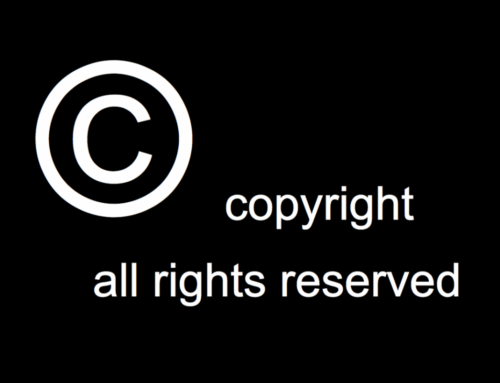Last week, the US Supreme Court unanimously ruled in Lucky Brand Dungarees v. Marcel Fashion Group that Lucky is allowed to assert new defenses in its decades-long trademark dispute with Marcel.
This might not sound very interesting, but it has significant implications for all lawsuits, and especially those involving trademarks.
Background of the Dispute
The first lawsuit, which Marcel filed in 2001 for infringement of its GET LUCKY mark, resulted in a 2003 settlement agreement in which Lucky agreed not to use the GET LUCKY mark, and Marcel released Lucky from liability for a number of other trademark claims Marcel believed it had against Lucky.
In 2005, Lucky sued Marcel for infringement of its LUCKY marks when it granted a license for the use of the GET LUCKY mark. Marcel claimed that Lucky had breached the settlement agreement and was infringing its GET LUCKY mark. While Lucky initially asserted the 2003 release as a defense, it did not do so at trial.
The jury found for Marcel, and the court enjoined Lucky from using the GET LUCKY mark and from using the “get lucky” slogan alongside Lucky’s other marks in a way that created consumer confusion.
In 2011, Marcel filed another lawsuit against Lucky, this time for use of the LUCKY BRAND mark. As part of a motion to dismiss, Lucky raised the defense of the 2003 release. Marcel argued that the defense should be barred by claim preclusion, that is, the principle that a claim can’t be re-litigated once it has already been judged on the merits.
The district court agreed with Marcel, and Lucky appealed to the Second Circuit Court of Appeals, which also found that Lucky was barred by defense preclusion from asserting the defense of the 2003 release.
The Federal Circuit, Eleventh Circuit, and Ninth Circuit have all held that in a subsequent case between the same parties involving different claims from those litigated in the earlier case, the defendant can raise defenses that were not litigated in the earlier case – even if they could have been.
Supreme Court Decision
The Supreme Court held that for defense claim preclusion, there must be a finding that the party (here, Lucky) had the opportunity to assert the defense in a similar matter, that the similar matter contained “a common nucleus of operative fact,” and that the party (Lucky) failed to do so.
Here, the 2005 and the 2011 actions dealt with different trademarks and facts about the parties’ conduct, so the Supreme Court held that Lucky can claim that Marcel had released Lucky of all claims relating to the GET LUCKY mark in the 2003 settlement agreement.
*****
Please feel free to contact us if you have questions about, or need any assistance with, enforcing your trademarks.
Photo by Amy Reed on Unsplash






